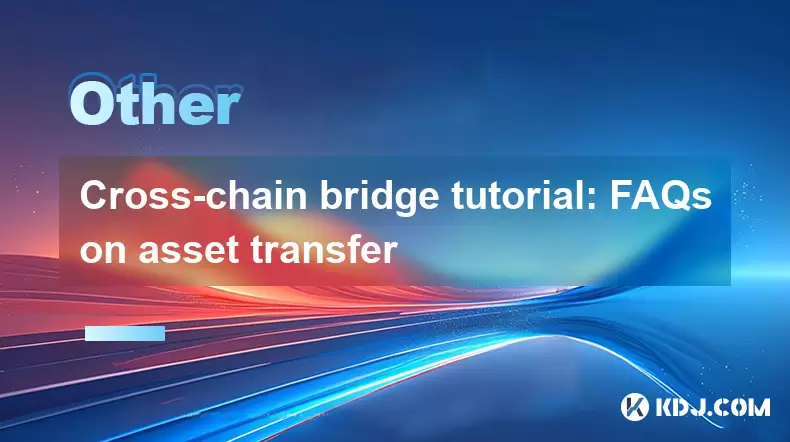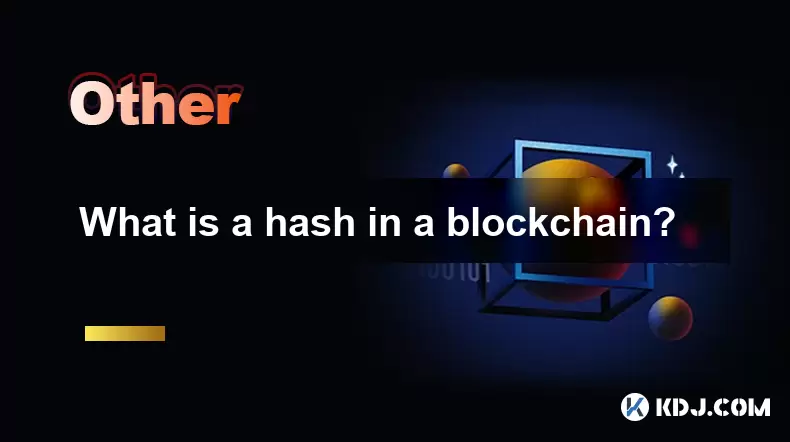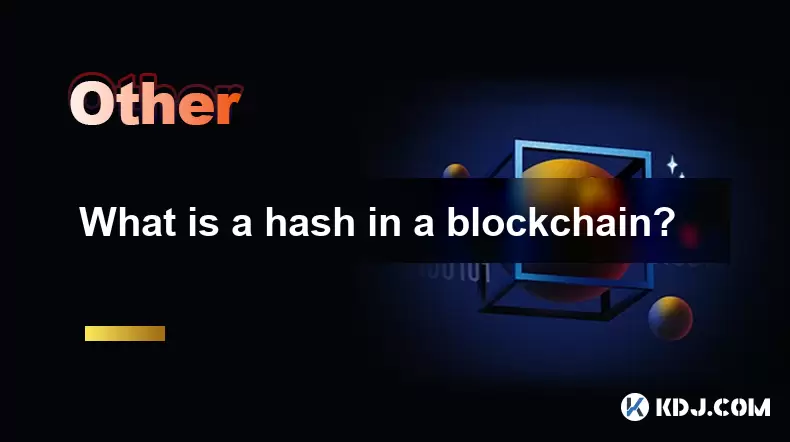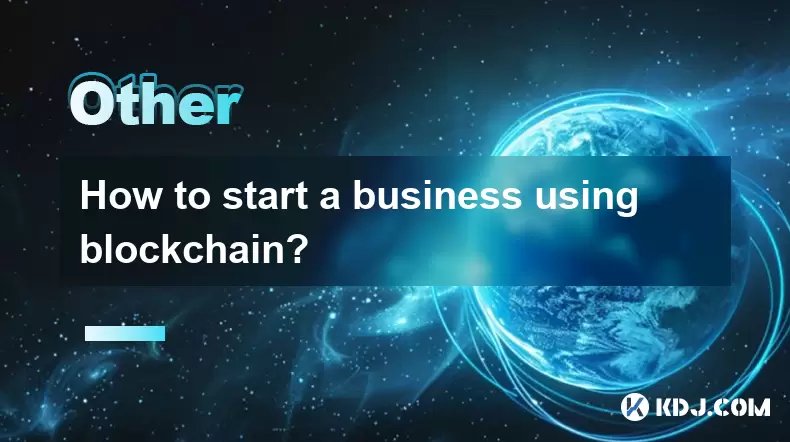-
 Bitcoin
Bitcoin $115200
-2.68% -
 Ethereum
Ethereum $3601
-5.16% -
 XRP
XRP $3.035
-2.96% -
 Tether USDt
Tether USDt $0.9997
-0.04% -
 BNB
BNB $764.5
-5.43% -
 Solana
Solana $168.1
-5.92% -
 USDC
USDC $0.9998
-0.02% -
 Dogecoin
Dogecoin $0.2090
-4.80% -
 TRON
TRON $0.3272
-0.49% -
 Cardano
Cardano $0.7306
-5.00% -
 Hyperliquid
Hyperliquid $39.16
-12.22% -
 Stellar
Stellar $0.3967
-4.96% -
 Sui
Sui $3.566
-5.95% -
 Chainlink
Chainlink $16.55
-6.57% -
 Bitcoin Cash
Bitcoin Cash $552.3
-3.90% -
 Hedera
Hedera $0.2516
-4.69% -
 Avalanche
Avalanche $21.99
-5.75% -
 Toncoin
Toncoin $3.621
-0.28% -
 Ethena USDe
Ethena USDe $1.000
-0.03% -
 UNUS SED LEO
UNUS SED LEO $8.951
0.02% -
 Litecoin
Litecoin $105.9
-3.59% -
 Shiba Inu
Shiba Inu $0.00001232
-5.00% -
 Polkadot
Polkadot $3.640
-5.55% -
 Uniswap
Uniswap $9.048
-7.03% -
 Monero
Monero $301.8
-1.51% -
 Dai
Dai $0.9999
-0.01% -
 Bitget Token
Bitget Token $4.334
-3.66% -
 Pepe
Pepe $0.00001064
-6.17% -
 Cronos
Cronos $0.1367
-5.78% -
 Aave
Aave $259.2
-4.59%
Cross-chain bridge tutorial: FAQs on asset transfer
Cross-chain bridges enable asset transfer between blockchains, enhancing liquidity and interoperability, but users must be aware of smart contract vulnerabilities and validator risks.
May 25, 2025 at 02:56 am

Cross-chain bridges are pivotal tools within the cryptocurrency ecosystem, facilitating the transfer of assets across different blockchain networks. This tutorial delves into the frequently asked questions surrounding the use of cross-chain bridges for asset transfer, aiming to equip users with the knowledge to navigate this complex yet essential aspect of blockchain interoperability.
What is a Cross-Chain Bridge?
A cross-chain bridge is a protocol that enables the transfer of assets and information between different blockchain networks. These bridges are crucial for the interoperability of blockchains, allowing users to leverage the unique features of various networks without being confined to a single ecosystem. By connecting blockchains, cross-chain bridges enhance liquidity, enable decentralized finance (DeFi) applications, and foster a more interconnected blockchain environment.
How Does a Cross-Chain Bridge Work?
The operation of a cross-chain bridge involves several key steps to ensure secure and efficient asset transfer. When a user wants to move assets from one blockchain to another, they typically:
- Initiate a transfer by locking their assets in a smart contract on the source blockchain.
- Generate a corresponding amount of wrapped or pegged tokens on the destination blockchain.
- Unlock the original assets on the source blockchain once the wrapped tokens are redeemed on the destination blockchain.
This process is facilitated by validator nodes or other consensus mechanisms that ensure the integrity and security of the transfer. The specifics can vary between different bridge implementations, but the core principle remains the same: ensuring that the asset transfer is verifiable and secure across disparate blockchain networks.
What Are the Benefits of Using a Cross-Chain Bridge?
Using a cross-chain bridge offers several advantages for users and the broader blockchain ecosystem:
- Increased Liquidity: By allowing assets to move freely between blockchains, cross-chain bridges enhance the overall liquidity of the cryptocurrency market.
- Access to Diverse Ecosystems: Users can take advantage of the unique features and applications available on different blockchains, such as DeFi protocols, NFTs, and more.
- Interoperability: Bridges foster a more interconnected blockchain environment, enabling seamless interactions between different networks and their applications.
What Are the Risks Associated with Cross-Chain Bridges?
While cross-chain bridges offer significant benefits, they also come with inherent risks that users should be aware of:
- Smart Contract Vulnerabilities: The smart contracts used in bridges can be susceptible to bugs or exploits, potentially leading to loss of funds.
- Validator Failures: If the validators responsible for managing the bridge fail or act maliciously, it can compromise the security of the asset transfer.
- Liquidity Risks: In some cases, the liquidity on the destination blockchain might not be sufficient to support the transfer of large amounts of assets.
How to Use a Cross-Chain Bridge: A Step-by-Step Guide
To illustrate the process of using a cross-chain bridge, let's walk through a hypothetical scenario of transferring assets from Ethereum to Binance Smart Chain (BSC) using a popular bridge like Anyswap:
- Connect Your Wallet: Navigate to the Anyswap website and connect your Ethereum wallet (e.g., MetaMask) by clicking on the "Connect Wallet" button.
- Select the Source and Destination Chains: Choose Ethereum as the source chain and Binance Smart Chain as the destination chain from the dropdown menus.
- Select the Asset to Transfer: Pick the asset you wish to transfer (e.g., ETH) and enter the amount you want to send.
- Initiate the Transfer: Click on the "Transfer" button. You will need to approve the transaction on your wallet, which will lock your ETH on Ethereum.
- Receive Wrapped Tokens on BSC: Once the transfer is confirmed on Ethereum, you will receive an equivalent amount of wrapped ETH (e.g., wETH) on BSC.
- Monitor the Transaction: Use the transaction ID provided by Anyswap to track the status of your transfer on both blockchains.
What Fees Are Associated with Cross-Chain Bridges?
The fees associated with using a cross-chain bridge can vary depending on the specific bridge and the blockchains involved. Typically, users can expect to pay:
- Network Fees: These are the gas fees required to execute transactions on both the source and destination blockchains.
- Bridge Fees: Some bridges charge an additional fee for their service, which can be a fixed amount or a percentage of the transferred asset.
It's important for users to review the fee structure of the bridge they plan to use and factor these costs into their decision-making process.
How to Choose the Right Cross-Chain Bridge?
Selecting the right cross-chain bridge involves considering several factors:
- Security: Evaluate the bridge's security measures, including the robustness of its smart contracts and the reputation of its validators.
- Supported Assets: Ensure the bridge supports the assets you wish to transfer between the desired blockchains.
- Fees: Compare the fees charged by different bridges to find the most cost-effective option.
- User Experience: Choose a bridge with an intuitive interface and reliable customer support to enhance your experience.
Frequently Asked Questions
Q: Can I transfer any cryptocurrency using a cross-chain bridge?
A: Not all cryptocurrencies are supported by every cross-chain bridge. It's essential to check whether the specific bridge you are considering supports the asset you want to transfer. Some bridges are designed to work with a broad range of tokens, while others may be limited to specific assets or blockchains.
Q: How long does a cross-chain transfer typically take?
A: The duration of a cross-chain transfer can vary depending on the bridge and the blockchains involved. Generally, transfers can take anywhere from a few minutes to several hours. Factors such as network congestion and the validation process can influence the time required for a successful transfer.
Q: What happens if a cross-chain bridge fails during a transfer?
A: If a cross-chain bridge fails during a transfer, the outcome depends on the specific bridge's design and the point of failure. Some bridges have mechanisms in place to recover funds, while others may require manual intervention. It's crucial to choose a bridge with a strong track record and robust security measures to minimize the risk of failure.
Q: Are there alternatives to cross-chain bridges for transferring assets between blockchains?
A: Yes, there are alternatives such as decentralized exchanges (DEXs) that operate across multiple blockchains or centralized services that facilitate cross-chain swaps. Each method has its own set of advantages and risks, and users should carefully consider their options based on their specific needs and the level of trust they are willing to place in the service provider.
Disclaimer:info@kdj.com
The information provided is not trading advice. kdj.com does not assume any responsibility for any investments made based on the information provided in this article. Cryptocurrencies are highly volatile and it is highly recommended that you invest with caution after thorough research!
If you believe that the content used on this website infringes your copyright, please contact us immediately (info@kdj.com) and we will delete it promptly.
- Cardano Price, Pi Network, and Crypto Presales: What's the Buzz?
- 2025-08-02 08:50:12
- XRP Fund Success: Teucrium CEO Reveals Trillions on the Horizon
- 2025-08-02 09:10:12
- Challenge Coins: More Than Just Collectibles – A Military Tradition
- 2025-08-02 08:30:12
- Under the Radar: Hunting for 100x Crypto Gems in a Pi Network World
- 2025-08-02 08:30:12
- Bitcoin, Solana, and Altcoin Season: What's Hot and What's Not?
- 2025-08-02 07:10:12
- Toncoin, Rollblock, and the Token Offering Landscape: A New York Minute
- 2025-08-02 07:10:12
Related knowledge

What is the difference between a blockchain and a database?
Aug 01,2025 at 09:36pm
Understanding the Core Structure of a BlockchainA blockchain is a decentralized digital ledger that records data in a series of immutable blocks linke...

What is a hash in a blockchain?
Aug 02,2025 at 05:28am
Understanding the Concept of Hash in BlockchainA hash in the context of blockchain technology refers to a unique digital fingerprint generated by a cr...

What is a hash in a blockchain?
Aug 02,2025 at 04:43am
Understanding the Concept of Hash in BlockchainA hash in the context of blockchain technology refers to a unique digital fingerprint generated by a cr...

Who created blockchain?
Aug 02,2025 at 05:15am
What Is Blockchain and Why Does Its Origin Matter?Understanding who created blockchain begins with recognizing what blockchain actually is. Blockchain...

How to start a business using blockchain?
Jul 28,2025 at 12:36am
Understanding the Basics of Blockchain TechnologyBefore diving into the process of starting a business using blockchain, it's crucial to understand wh...

What is a token on the blockchain?
Jul 21,2025 at 07:00am
Understanding the Concept of a TokenIn the realm of blockchain technology, a token is a digital representation of an asset or utility that exists on a...

What is the difference between a blockchain and a database?
Aug 01,2025 at 09:36pm
Understanding the Core Structure of a BlockchainA blockchain is a decentralized digital ledger that records data in a series of immutable blocks linke...

What is a hash in a blockchain?
Aug 02,2025 at 05:28am
Understanding the Concept of Hash in BlockchainA hash in the context of blockchain technology refers to a unique digital fingerprint generated by a cr...

What is a hash in a blockchain?
Aug 02,2025 at 04:43am
Understanding the Concept of Hash in BlockchainA hash in the context of blockchain technology refers to a unique digital fingerprint generated by a cr...

Who created blockchain?
Aug 02,2025 at 05:15am
What Is Blockchain and Why Does Its Origin Matter?Understanding who created blockchain begins with recognizing what blockchain actually is. Blockchain...

How to start a business using blockchain?
Jul 28,2025 at 12:36am
Understanding the Basics of Blockchain TechnologyBefore diving into the process of starting a business using blockchain, it's crucial to understand wh...

What is a token on the blockchain?
Jul 21,2025 at 07:00am
Understanding the Concept of a TokenIn the realm of blockchain technology, a token is a digital representation of an asset or utility that exists on a...
See all articles

























































































